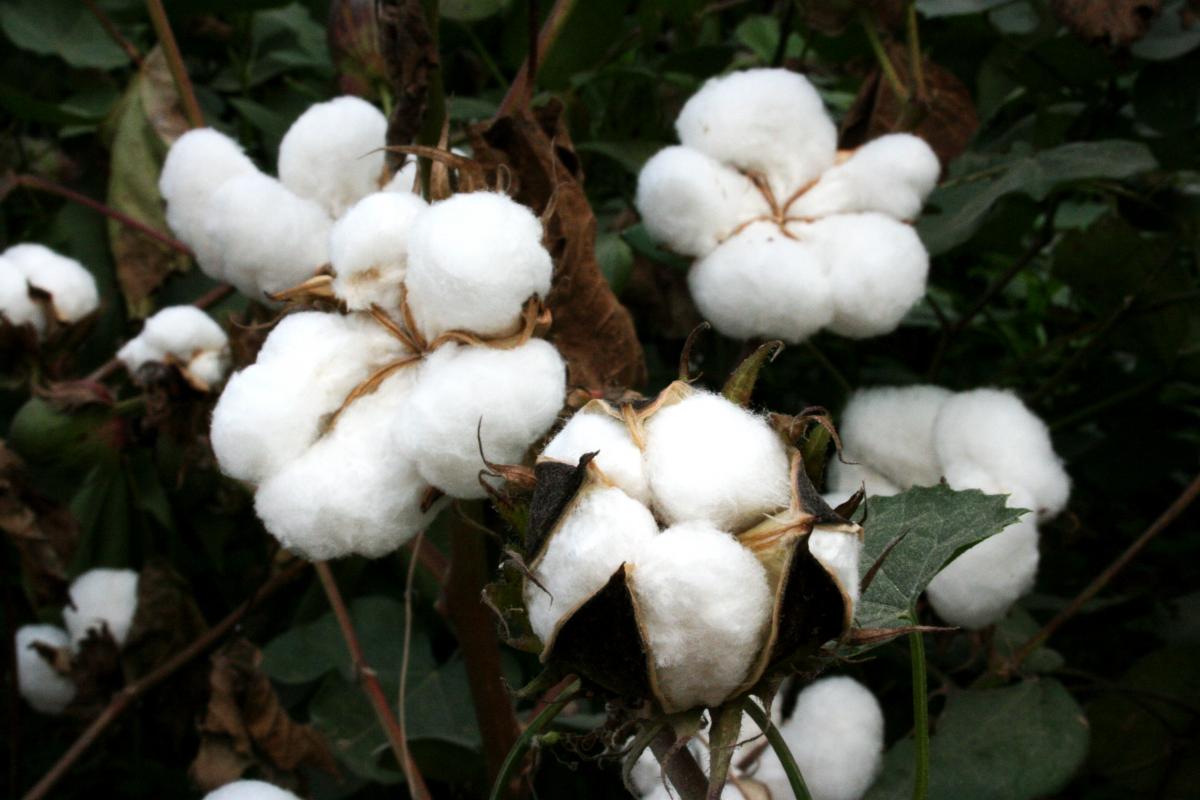Sustainable Clothing: A Planetary Imperative - Soil and Body, Premium Eco-friendly Clothing
Sustainable clothing isn’t just a trend-it’s a planetary imperative.
The fashion industry is responsible for 2–8% of global greenhouse gas emissions, putting it on par with international aviation and shipping combined[1][2]. It is also the second-largest consumer of water, using over 79 trillion litres annually-about 20% of global industrial wastewater-leading to severe freshwater pollution[1][3].
“Fast fashion comes at an astonishing environmental and social cost. While the impacts of the fashion industry in terms of pollution, water use, carbon emissions, human rights, and gender inequality are increasing, the need for a shift to sustainable fashion is evident. Organizations in Geneva and beyond are joining efforts to shift the fashion economy and foster international cooperation on the issue.” Source: GenevaEnvironmentNetwork.Org
By adopting organic materials and circular practices, brands can cut water consumption by up to 91% and reduce carbon footprints by nearly 50% per garment compared to conventional production[4]. Switching a single cotton T-shirt to organic can save approximately 2,457 litres of water-enough for one person’s drinking needs for 3½ years[2].

Image source: Organic Cotton and Water | The Organic Center
Governments and regulators are moving fast. The EU’s 2022 Sustainable and Circular Textiles Strategy mandates eco-design, extended producer responsibility, and durability standards to ensure all textiles are reusable, repairable, and recyclable by 2030[5][6]. Meanwhile, 87% of fashion executives expect stricter sustainability rules to impact their businesses in 2024, according to McKinsey’s State of Fashion survey[6]. In Australia, the National Waste Policy highlights that recycling 10,000 tonnes of material creates 9.2 jobs and generates AUD 2.9 billion in recovered-material sales, underscoring circular economy benefits.
Why Sustainable Clothing Matters
The Environmental Footprint of Fast Fashion
- The equivalent of one garbage truck full of clothes is burned or dumped in a landfill every second (Ellen MacArthur Foundation, 2017)
- Approximately 60% of all materials used by the fashion industry are made from plastic (UNEP, 2019)
- 500,000 tons of microfibers are released into the ocean each year from washing clothes — the equivalent of 50 billion plastic bottles (Ellen MacArthur Foundation, 2017)
- The fashion industry is responsible for 2-8 % of global carbon emissions. If the fashion sector continues on its current trajectory, that share of the carbon budget could jump to 26% by 2050 (Ellen MacArthur Foundation, 2017)
- Each year, the textile value chain uses 215 trillion litres of water per year (the equivalent of 86 million Olympic-sized swimming pools ) (Quantis, 2018)
- Around 20% of industrial wastewater pollution worldwide originates from the fashion industry (Word Bank, 2020)
- Less than 1% of material used to produce clothing is recycled into new clothing, resulting in over $100 billion in material value loss (Ellen MacArthur Foundation, 2017). The Circularity Gap Report Textiles (2024) finds that only 0.3% of 3.25 billion tonnes of resources each year to produce items from the global textile industry comes from recycled resources
- An extra $20-30 billion annually is needed to make the textile value chain more sustainable, with 60% focused on energy, water, and waste issues alone (Ellen MacArthur Foundation, 2017)
Environmental Benefits
- Water Savings: Organic cotton is mostly rain-fed, slashing irrigation needs by up to 91%[4].
- Lower Emissions: Sustainable fibers and processes can reduce emissions in supply chains significantly.
- Pollution Control: Eliminating toxic dyes and chemicals prevents textile effluents from contaminating waterways[1].
Social & Economic Impact
- Fair Labor Practices: Certifications like GOTS guarantee safe working conditions and living wages[7].
- Community Uplift: Ethical sourcing reinvests in farming communities, creating jobs and improving livelihoods[7].
- Regulatory Compliance: Early adopters of eco-design gain a first-mover advantage as global regulations tighten[5][6].
How Soil & Body Embodies True Sustainability
Soil & Body aims for full traceability-from GOTS-certified organic cotton fields to zero-waste packaging. Every piece is selected carefully to ensure the highest circularity standards and shipped via eco-friendly networks.
Featured Products
Eco-Friendly 100% Organic Cotton Crop Top – London Map
Lightweight (120 g/m²) organic cotton that uses 91% less water, perfect for summer styling with minimal footprint.

Eco-Friendly 100% Organic Cotton Unisex T-Shirt – SUSTNBLE LON
Crafted from cotton in conversion to organic farming, supporting growers on the path to full GOTS certification and reducing CO₂ emissions by 46%.

Eco-Friendly 100% Organic Cotton Oversized T-Shirt Dress – London Map
Oversized comfort meets circular design: 100% organic cotton, non-toxic inks, and custom packaging that’s 100% compostable.

Eco-Friendly 100% Organic Cotton Unisex Heavyweight Sustainable T-Shirt 175 – NYC
NYC-inspired organic cotton t-shirt—crafted from the finest 100% GOTS-certified organic cotton. This heavyweight t-shirt boasts durability, comfort, and eco-friendly credentials, with certifications like Fair Wear and Vegan PETA ensuring that it’s ethically produced

Sustainable fashion is no longer optional-it’s essential. By choosing Soil & Body’s certified organic collection, you’re part of the solution: slashing water use, cutting emissions, and empowering communities-one garment at a time.
Ready to make your wardrobe truly sustainable?
Explore the full collection at soilandbody.com
References
- Geneva Environment Network. "Environmental Sustainability in the Fashion Industry." 2025.
- Global Fashion Agenda. "Is Fashion's Impact on Water being overlooked?" 2024.
- The Organic Center. "Organic Cotton and Water." 2024.
- Cikis Studio. "The measures and objectives of the EU Strategy for Sustainable and Circular Textiles." 2022.
- The PR Advisor. "Sustainability Rules 2024: The Fashion Industry's Harsh Wake-Up Call." 2024.
- Lifekind. "Fair Labor and Global Social Equity." 2024.
- UNFCCC. "UN Helps Fashion Industry Shift to Low Carbon." 2018.
⁂
- https://www.genevaenvironmentnetwork.org/resources/updates/sustainable-fashion/
- https://unfccc.int/news/un-helps-fashion-industry-shift-to-low-carbon
- https://globalfashionagenda.org/news-article/is-fashions-impact-on-water-being-overlooked/
- https://www.organic-center.org/organic-cotton-and-water
- https://www.cikis.studio/en/article/the-measures-and-objectives-of-the-eu-strategy-for-sustainable-and-circular-textiles
- https://thepradvisor.com/sustainability-rules-fashion-industry-wake-up-call/
- https://lifekind.com/blogs/content/fair-labor-practices-global-social-equity

